
Professional driver Sean Gorman knows his way around a vehicle. He’s an engineer at heart, consulting on vehicle development and using his experience as an instructor on military off-road driving and survival in addition to his career as a professional adventurer. This time, he’s behind the wheel of a new Land Rover Defender Octa, teaching drivers how to catch air.
While the Defender has made a name for itself as a go-anywhere four-by-four, it’s never been engineered quite like this. Equipped with a new mode activated with an impossible-to-miss button on the steering wheel, the Defender Octa is more capable of tricks its lesser trims cannot fathom.
Like defying gravity.
“Yumps” on demand
Land Rover’s storied Defender nameplate, brought to life in 1990, is known as an off-road beast with British refinement. Queen Elizabeth II was a fan of the Defender, and the SUV was featured prominently in a chase scene in the James Bond movie No Time to Die. After a four-year hiatus, the brand brought the Defender back to life with a whole new body style in 2020, and it has continued to live up to its legacy.
That’s more true than ever for the Octa variant, which Land Rover says is the most powerful Defender it has ever made. The SUV transforms into a high-performance, low-friction machine when its eponymous terrain response is selected. Activate the mode, and get ready to jump. Or, more accurately, “yump”–a motorsports term describing the moment when a vehicle leaves the ground briefly after encountering a crest in the road at high speed.
“Not everyone needs this much functionality,” Gorman says after showing off the Defender’s skills on a dirt track. “But if you do, the Octa brings it.”
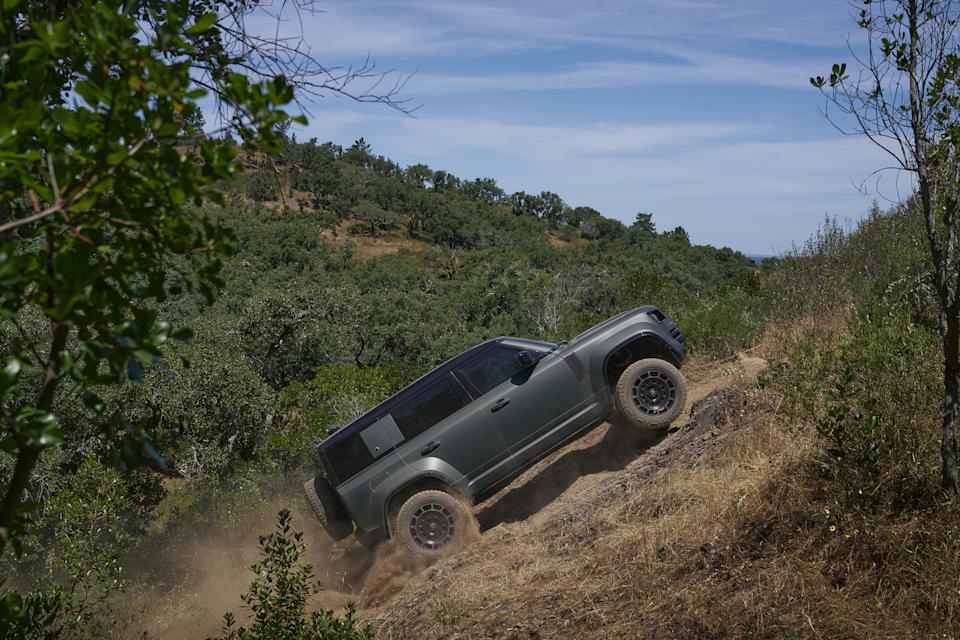
Sure, there are plenty of vehicles on the road that can yump on demand, but that doesn’t mean they’re all going to offer a comfortable landing. Loaded up with an intelligent suspension Land Rover describes as “6D,” the Defender’s chassis was reworked for the Octa. The hydraulically interlinked suspension is completely different from the non-Octa Defender, using semi‑active dampers to eliminate pitch and roll (up-and-down and side-to-side movement).
The suspension is completely different in the Octa, Gorman explains. Because the system is hydraulic instead of a traditional passive strut, the SUV can adapt to the situation in real time instead of the suspension automatically finding a happy medium like a traditional strut would.
Passive dampers operate using mechanical components like springs, dampers, and bushings to balance ride comfort and handling automatically without intervention. On the Defender Octa, the semi-active system includes longer and tougher wishbones and separate accumulators to manage the pressure effectively.
On top of that, Land Rover collaborated with Canadian company Subpac to include its “Body and Soul” seats in the Defender Octa, which debuted in the Range Rover SV. These seats not only cushion the body, they pulse in the time with the music using a tactile audio system.
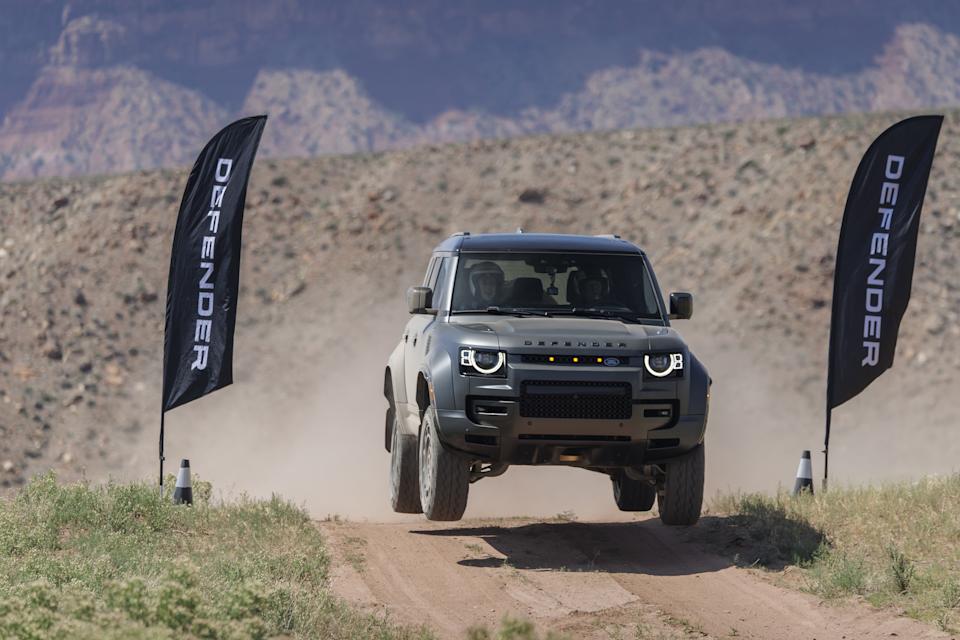
Horsepower, torque, and a dry-sump system
Somehow, Land Rover built this SUV to zip from zero to 60 miles per hour in 3.8 seconds. For a vehicle weighing nearly three tons, that’s pretty quick. Compare the Octa to a regular Defender 110, which weighs about a thousand pounds less than its more powerful sibling. Car and Driver clocked the Defender 90 at 4.4 seconds with a 518-horsepower supercharged 5.0-liter engine under the hood.
The Octa version gets its speed from a supercar-worthy mild hybrid twin-turbo 4.4-liter V8 it shares with the Range Rover SV. It boasts 626 horsepower, and its torque also makes a big difference; the Octa is good for 553 pound-feet, with an available boost to 590 pound-feet in launch mode. To manage all of this power, the engineers at Land Rover opted for new intake and exhaust systems and extra heat shielding around the engine. A dry-sump lubrication system stores the engine oil in a separate external tank instead of in the engine’s oil pan, or sump, as it would be in a wet-sump system.
Equipped with model-specific brake pads, calipers and brake discs, the Defender Octa has the stopping power to back up its speed. Further, the performance front brake discs are paired with six opposed Brembo calipers. Opposed calipers feature multiple pistons (which transfer hydraulic pressure into mechanical force to engage the brake pads) on each side of the rotor, creating an even distribution of clamping force. When the Defender Octa is fully engaged and whipping around in the dirt, that braking force is critical.
After nearly 14,000 additional tests during an advanced development program created just for this purpose, the Defender Octa is ready to fly—and land, safely.

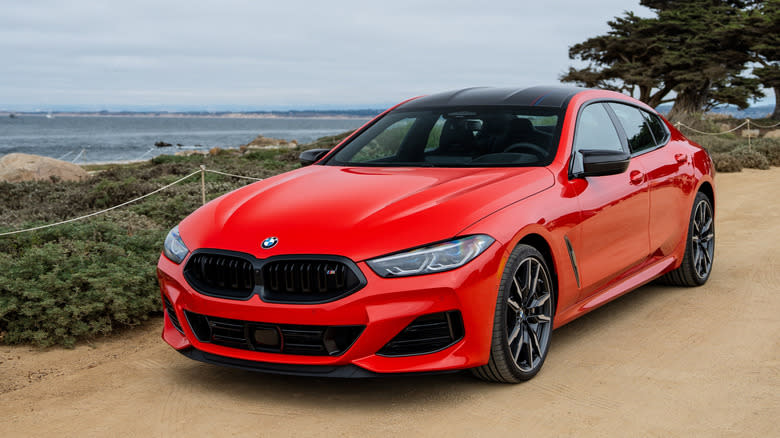

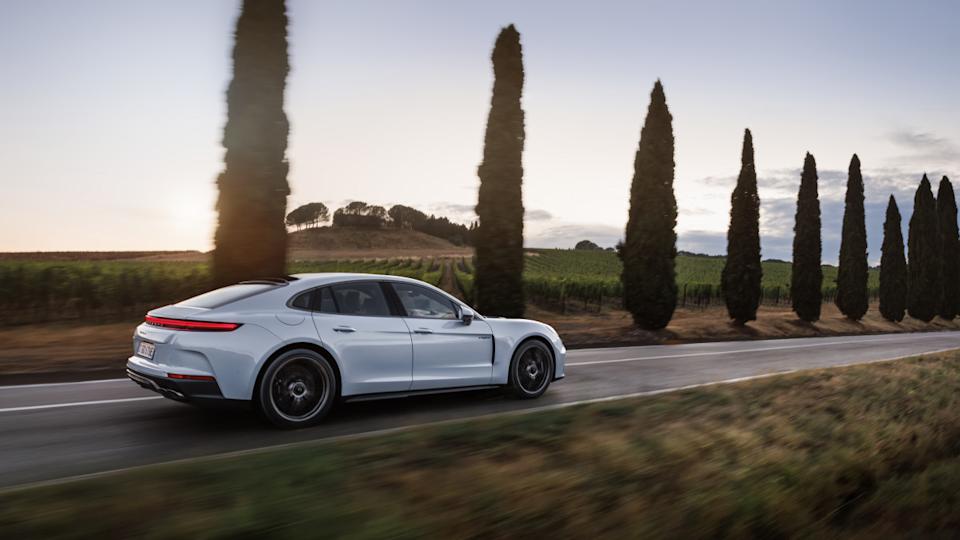



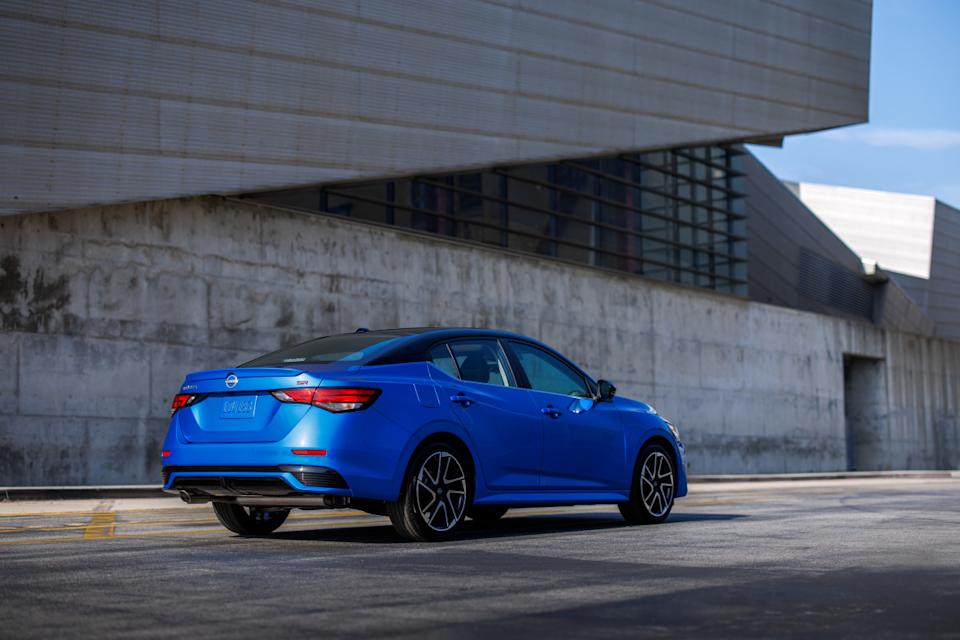
Comments